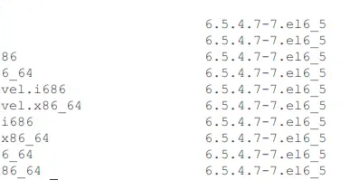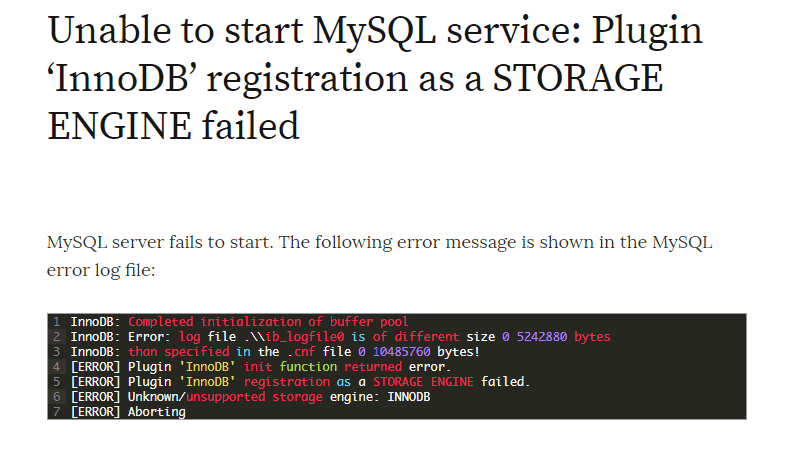If you’re assigning a private network to an existing machine (or deploying your own operating system), you’ll need to configure the IP addresses on the private interface.
The control panel will assign you an IP address, you should replace “10.99.0.200” in the examples with that IP. Some configurations also require a MAC address, in which “01:23:45:67:89:ab” will be mentioned. You’ll need to replace this with the MAC address of your private network adapter.
In the Vultr control panel, there are configuration examples generated for each of your VMs. These are located under the VM’s IPv4 settings, labeled “View our networking configuration tips and examples.“.
The examples in this guide are for IPv4, however private network interfaces on Vultr VMs support both IPv4 and IPv6.
CentOS 6, CentOS 7
Populate /etc/sysconfig/network-scripts/ifcfg-eth1 with the following text.
DEVICE=eth1
ONBOOT=yes
NM_CONTROLLED=no
BOOTPROTO=static
IPADDR=10.99.0.200
NETMASK=255.255.0.0
IPV6INIT=no
MTU=1450
Start the interface or reboot.
ifup eth1
CentOS 8
Populate the /etc/sysconfig/network-scripts/ifcfg-ens7 file with the following text.
TYPE="Ethernet"
DEVICE="ens7"
ONBOOT="yes"
BOOTPROTO="none"
IPADDR=10.99.0.200
PREFIX=16
MTU=1450
Restart the connection, or reboot.
nmcli con load /etc/sysconfig/network-scripts/ifcfg-ens7
nmcli con up 'System ens7'
Debian 7, Debian 8
Add the following text to the /etc/network/interfaces file.
auto eth1
iface eth1 inet static
address 10.99.0.200
netmask 255.255.0.0
mtu 1450
Start the interface or reboot.
ifup eth1
Debian 9, Debian 10
Add the following text to the /etc/network/interfaces file.
auto ens7
iface ens7 inet static
address 10.99.0.200
netmask 255.255.0.0
mtu 1450
Start the interface or reboot.
ifup ens7
Fedora 24 – 28
Populate /etc/sysconfig/network-scripts/ifcfg-ens7 with the following text.
DEVICE=ens7
ONBOOT=yes
NM_CONTROLLED=no
BOOTPROTO=static
IPADDR=10.99.0.200
NETMASK=255.255.0.0
NOZEROCONF=yes
IPV6INIT=no
MTU=1450
Restart networking or reboot.
systemctl restart network.service
Fedora 29 – 31
Run the following commands.
nmcli con add con-name private-net ifname ens7 type ethernet ipv4.method 'manual' ipv4.addresses '10.99.0.200/24' 802-3-ethernet.mtu 1450
nmcli con up private-net
FreeBSD 10.x, FreeBSD 11.x, FreeBSD 12.x
Add the following line to the /etc/rc.conf file.
ifconfig_vtnet1="inet 10.99.0.200 netmask 255.255.0.0 mtu 1450"
Start the interface or reboot.
service netif start vtnet1
OpenBSD 6.x
Add the following lines to the /etc/hostname.vio1 file.
inet 10.99.0.200 255.255.0.0
!ifconfig vio1 mtu 1450
Reboot the system.
reboot
Ubuntu 12.xx – Ubuntu 15.xx
Add the following lines to the /etc/network/interfaces file.
auto eth1
iface eth1 inet static
address 10.99.0.200
netmask 255.255.0.0
mtu 1450
Start the interface or reboot.
ifup eth1
Ubuntu 16.xx, Ubuntu 17.04
Add the following lines to the /etc/network/interfaces file.
auto ens7
iface ens7 inet static
address 10.99.0.200
netmask 255.255.0.0
mtu 1450
Start the interface or reboot.
ifup ens7
Ubuntu 17.10, Ubuntu 18.xx, Ubuntu 19.xx
Populate /etc/netplan/10-ens7.yaml with the following text.
network:
version: 2
renderer: networkd
ethernets:
ens7:
match:
macaddress: 01:23:45:67:89:ab
mtu: 1450
dhcp4: no
addresses: [10.99.0.200/16]
Update networking or reboot.
netplan apply
Windows Server 2012 R2, Windows Server 2016, Windows Server 2019
Find the private interface name on your system. You can use ipconfig /all or navigate the Windows Control Panel.
Replace “Ethernet 2” with the private interface name that Windows has chosen and run the following command.
netsh interface ip set address name="Ethernet 2" static 10.99.0.200 255.255.0.0 0.0.0.0 1
Want to contribute?
You could earn up to $300 by adding new articles
Suggest an update
Request an article





